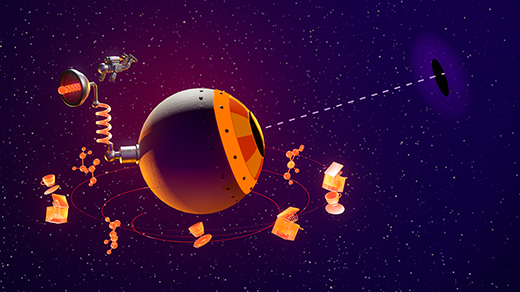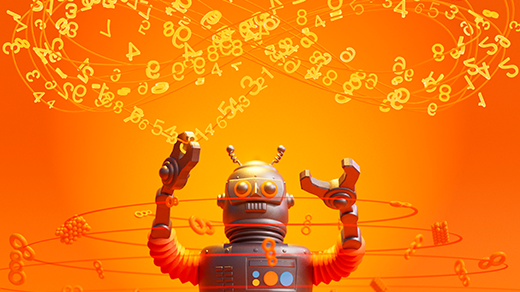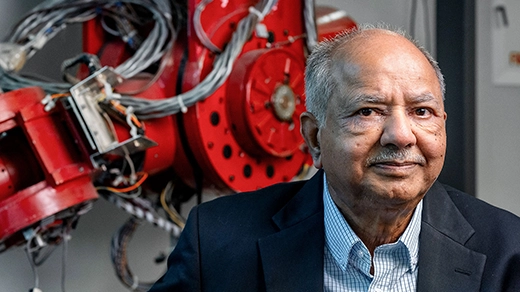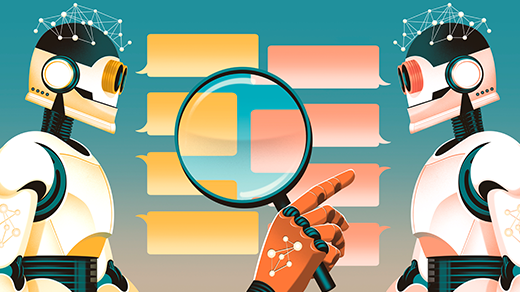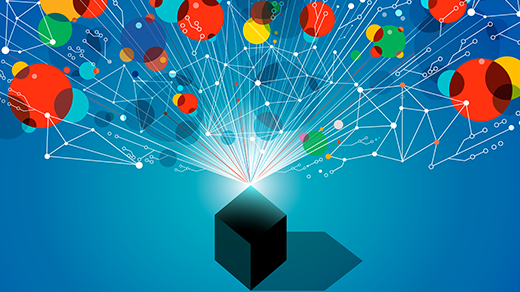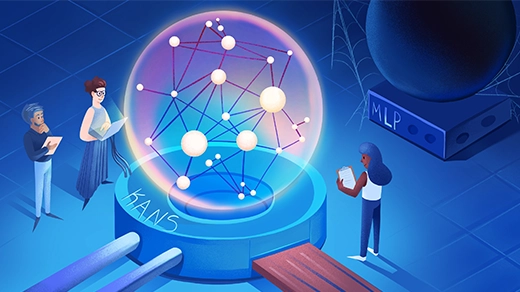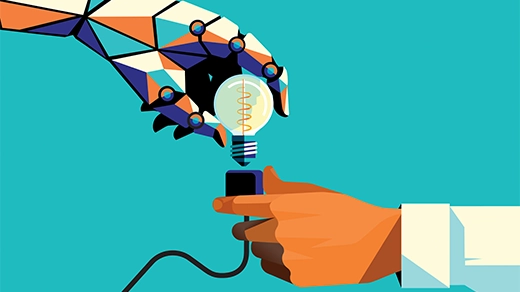What's up in
Artificial intelligence
Latest Articles
The Year in Physics
Physicists discovered strange supersolids, constructed new kinds of superconductors, and continued to make the case that the cosmos is far weirder than anyone suspected.
The Year in Math
Landmark results in geometry and number theory marked an exciting year for mathematics, at a time when advances in artificial intelligence are starting to transform the subject’s future.
The AI Pioneer With Provocative Plans for Humanity
While some fret about technology’s social impacts, Raj Reddy still believes in the power of artificial intelligence to improve lives.
Debate May Help AI Models Converge on Truth
How do we know if a large language model is lying? Letting AI systems argue with each other may help expose the truth.
How Is AI Changing the Science of Prediction?
With lots of data, a strong model and statistical thinking, scientists can make predictions about all sorts of complex phenomena. Today, this practice is evolving to harness the power of machine learning and massive datasets. In this episode, co-host Steven Strogatz speaks with statistician Emmanuel Candès about black boxes, uncertainty and the power of inductive reasoning.
The Computer Scientist Who Builds Big Pictures From Small Details
To better understand machine learning algorithms, Lenka Zdeborová treats them like physical materials.
How ‘Embeddings’ Encode What Words Mean — Sort Of
Machines work with words by embedding their relationships with other words in a string of numbers.
Novel Architecture Makes Neural Networks More Understandable
By tapping into a decades-old mathematical principle, researchers are hoping that Kolmogorov-Arnold networks will facilitate scientific discovery.
Are Robots About to Level Up?
Today’s AI largely lives in computers, but acting and reacting in the real world — that’s the realm of robots. In this week’s episode, co-host Steven Strogatz talks with pioneering roboticist Daniela Rus about creativity, collaboration, and the unusual forms robots of the future might take.
